A Brief History of QR Code Development: From 1994 to 2024, From an Internal Project to a Global Phenomenon
This is the story of the QR code — starting as an internal project in the 1990s, widely adopted globally by the mid-2000s, and becoming ubiquitous since 2020.
What is a QR Code?
A QR code (Quick Response code) is a type of barcode composed of black and white small squares printed in a square pattern that encodes data scannable by computer systems. The black and white squares can represent digits 0–9, letters A–Z, or characters from non-Latin scripts such as Japanese kanji. The QR code standard allows up to version 40, which is a 177 × 177 pixel matrix, while the smallest version 1 is 21 × 21 pixels. Version 40 QR codes can contain up to 7,089 numeric characters or 4,296 alphanumeric characters.
QR codes are typically read by laser scanners or smartphone cameras and decoded by special software.
Three corners of a QR code contain finder patterns—nested black and white squares—that help optical scanners detect and interpret the code’s orientation. There are two other patterns: alignment patterns (smaller squares inside larger ones) used in all but the smallest codes to detect distortion, and timing patterns (alternating black and white squares connecting the finder patterns) that act as the QR code’s coordinate system.
Why Were QR Codes Invented?
The invention of QR codes is related to the limitations of the traditional UPC barcode.
To this day, the Universal Product Code (UPC) barcode remains the world’s most popular tracking tool. Its origin dates back to 1952, when Norman Woodland and Bernard Silver were granted the first patent for barcode technology, then called linear scanning technology. It looked like a bullseye.
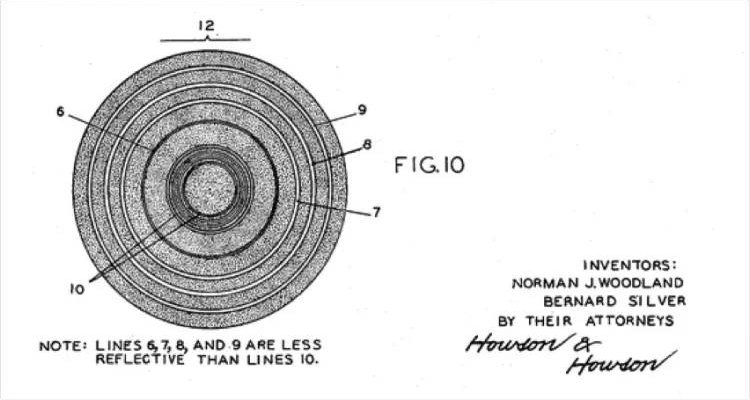
For twenty years, this technology was neither developed nor widely used.
Meanwhile, post-war American suburbs were booming. The rise of supermarkets to serve suburban populations created a unique logistical problem: how to quickly process so many individual items in one place?
As dissatisfaction with long checkout lines grew through the 1950s and 60s, IBM began revisiting early patent technology in the early 1970s. IBM collaborated with the grocery industry to develop the vertically aligned UPC barcode we know today.
IBM engineer George Laurer reinvented the bullseye code into the vertical barcode (now called a barcode), designed to record product details via dedicated scanners.
IBM’s redesign was hugely successful and became part of the global UPC standard. IBM also developed point-of-sale (POS) systems, being one of the earliest POS vendors, further integrating barcodes into commerce.
Reportedly, George J. Laurer defied his manager’s instructions by abandoning the bullseye code and instead creating the linear barcode we see today.
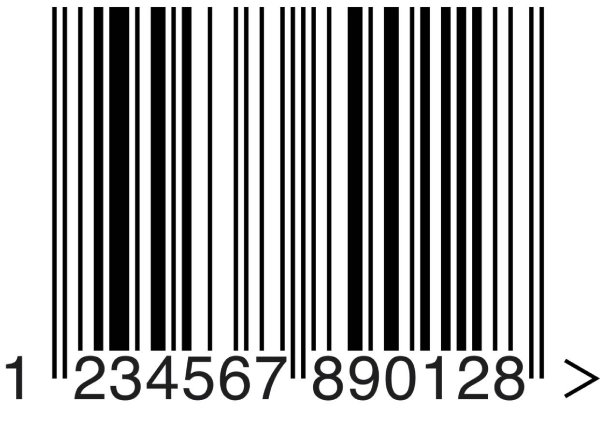
The idea was to create a universal product identification and processing system relying on fast optical scanning instead of manual number entry. POS systems and scanners were needed to scan and process the new UPC barcodes, sold and distributed by IBM.
By the late 1970s, checkout line speeds increased by 40%. Throughout the 1980s, thousands of grocery and retail stores adopted the technology. By the 2000s, the barcode business was worth about $17 billion. Today, billions of items are scanned daily worldwide.
Limitations of UPC Barcodes
IBM’s first-generation barcode stored 12 digits. In 1974, Code 39 was created, storing up to 30 alphanumeric characters. Over time, barcode technology evolved, introducing new types capable of storing more data. But all were limited to about 100 characters or less.
As manufacturing sped up, parts and drills rushed down conveyors faster and faster. The time required to scan traditional UPC barcodes did not shorten. This was fine for 1970s grocery checkouts but became a major bottleneck for 1990s manufacturing.
In the 1960s, Japan experienced rapid growth, and supermarkets selling diverse goods like food and clothing began appearing in cities.
At that time, cash registers required manual price entry, causing cashiers wrist numbness and “tendonitis.”
“Could we reduce the burden on supermarket cashiers?”
Barcodes solved this problem. Thanks to the successful development of POS systems, prices automatically appeared on registers by optically reading barcodes, and product information was transmitted to computers.
This popularized barcodes but introduced new challenges. The problem was barcode capacity: English alphanumeric barcodes could hold at most 20 characters.
“It would be great if the code itself could contain more information.”
“We hope it can handle kanji and kana characters.”
DENSO WAVE INCORPORATED (then a division of what is now DENSO CORPORATION), involved in barcode reader development, understood these needs. Motivated by “meeting customer demands,” a development team began working on a new type of QR code.
A Two-Person Development Team
Japanese auto parts company Denso Wave was one of many working with standard UPC barcode systems. Due to limited barcode storage, they had to place up to 10 barcodes on a single product to track and convey information correctly. Also, barcodes needed to be scanned from one direction, causing production backups when scanners failed to read codes on variously shaped parts. The company struggled to meet deadlines simply because barcodes slowed production.
In 1992, Masahiro Hara, working on barcode scanners and optical character recognition (OCR) devices at Denso, was tasked with developing a faster barcode scanner.
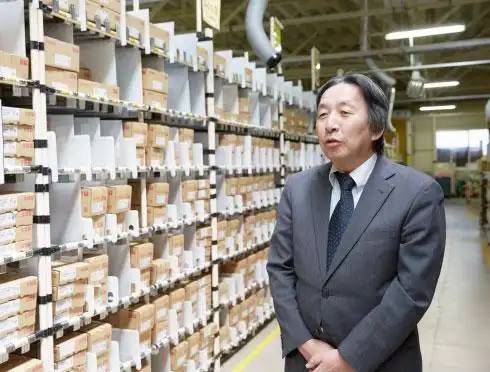
Initially, Hara tried improving scanners but soon realized barcode system limitations. Also, product sizes were shrinking, requiring codes printable in smaller areas.
“We will develop a compact code that stores more information, including kanji and kana characters, and can be read faster.” Hara decided to develop a new coding system.
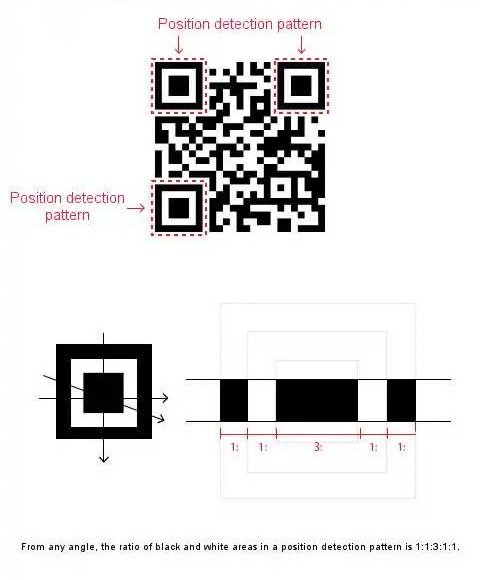
“At that time, other companies’QR code developments focused on increasing information capacity,” Hara said.
Barcodes store information only horizontally (one-dimensional), whereas QR codes store information both horizontally and vertically (two-dimensional). Hara’s idea was that besides accommodating large amounts of data, “the code must be easy to read,” leading to the QR code’s development by a two-person team.
Hara initially tried to increase existing barcode capacity but failed.
Later, while playing the board game Go, Hara conceived the idea of creating a new machine-readable code.
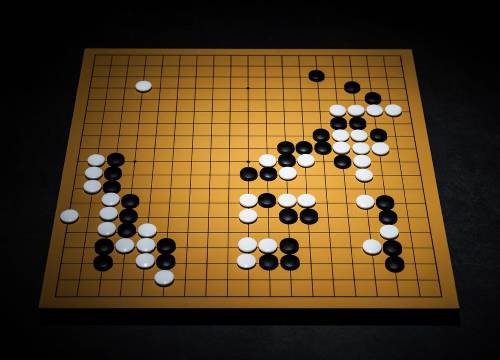
He began researching a new code shaped not as bars but as a square filled with pixel-like patterns.
Barcodes are one-dimensional and scanned horizontally. Hara’s new code could be scanned both horizontally and vertically (thus two-dimensional), meaning it could store more data than barcodes—over 4,000 alphanumeric characters.
Soon, Hara’s team successfully iterated the new machine-readable code, naming it Quick Response (QR) code because it was tens of times faster than barcodes. Even if 30% damaged, the code still worked.
One flaw: machines (cameras) sometimes needed time or failed to read QR codes when distracted or scanned from certain angles.
One day, on his way home, Hara noticed a building with a striking geometric pattern that lingered in his mind and inspired his idea for the QR code framework.
“The building’s top had a geometric pattern that gave me the idea to create QR codes using patterns,” Hara said. He then sought a unique symbol to help machines recognize QR codes even amid other images and text.
During research, the team found that placing a certain pattern on three corners allowed faster reading. However, they were unsure what unique pattern to use.
Hara explained, “Because this pattern appears least frequently on documents like tickets.” In other words, if similar patterns were nearby, scanners might confuse them for codes. To avoid misreading, positioning patterns had to be unique.
After extensive research converting ads, magazines, and cardboard drawings and text into black and white and analyzing area ratios, the team discovered the least common ratio was 1:1:3:1:1. This ratio determined the width proportions of the positioning pattern’s black and white parts.
The resulting structure allowed scanning lines from 360 degrees; no matter the scanning direction, once the unique ratio was detected, the code’s position could be calculated.
QR codes have fixed patterns (“eyes”) in three corners forming right angles from all directions. This design makes scanning easier and faster.
QR codes encode information using binary operations with 0s and 1s, represented by black and white squares—black squares represent 1, white squares 0. The alternating black and white pattern is a string of code. The three large squares at the corners serve as positioning marks, ensuring successful scanning from any angle.
Two years later, the final product changed the game. QR codes solved all barcode shortcomings (mainly data storage and scanability) and brought more benefits to Denso’s customers.
For several consecutive years, QR codes obtained nearly all major industry standard certifications in Japan and worldwide, including ISO.
In 2014, the European Patent Office awarded Hara the prestigious European Inventor Award, stating in the ceremony that “the social value and technological significance of QR codes are equally great.”
Public Release and Popularization
Despite breakthrough internal testing success, QR codes were initially promoted only among Denso’s existing manufacturing clients. Although confident in the product, Denso downplayed QR codes’use by ordinary individuals and small businesses.
In 1994, DENSO WAVE INCORPORATED (then a division of DENSO CORPORATION) publicly released the QR code. The name “QR” stands for “Quick Response,” reflecting the pursuit of high-speed reading.
Hara, the developer, was initially unsure if QR codes would be accepted as barcode replacements. Nevertheless, he was determined to let more people know and use this great product, actively promoting it to companies and organizations.
Persistence paid off: the automotive parts industry adopted QR codes for electronic Kanban management, improving production, shipping, and document management efficiency.
Due to traceability demands and a societal trend toward production process visualization, QR codes spread to food, pharmaceutical, and contact lens industries for product management.
Especially after food safety scares like BSE, people demanded transparency from production to dining tables. To contain so much information, only QR codes could suffice.
Open Specification and Free Usage
Another key to QR code popularity was the open specification, making it freely usable by everyone.
DENSO WAVE INCORPORATED owns the QR code patents but has explicitly chosen not to enforce them on the established QR code specifications. This policy, set from the start, reflects the developers’wish: “We want more people to use QR codes.”
Free and worry-free QR codes have become a “public code” widely used worldwide.
In 1997, QR codes were adopted as the AIM automatic identification industry standard; in 1999, as the Japanese Industrial Standard and Japanese automotive EDI standard; and in 2000, as an ISO international standard.
QR codes spread worldwide, and new QR code types emerged to meet higher demands:
– 2004: Micro QR code adopted by Japanese Industrial Standards for very small space printing.
– 2008: iQR code introduced, with larger capacity, smaller print size, and rectangular shapes.
– Privacy-protecting QR codes with read restrictions have also been developed to meet evolving needs.
The 2020 QR Code Boom and Its Sustained Popularity
Some reports cite the 2011 Fukushima nuclear disaster as a watershed moment for Japanese QR codes, demonstrating the technology’s reliability. During rescue operations, Japanese authorities used QR codes to track and manage aid supplies, such as food origins and destinations.
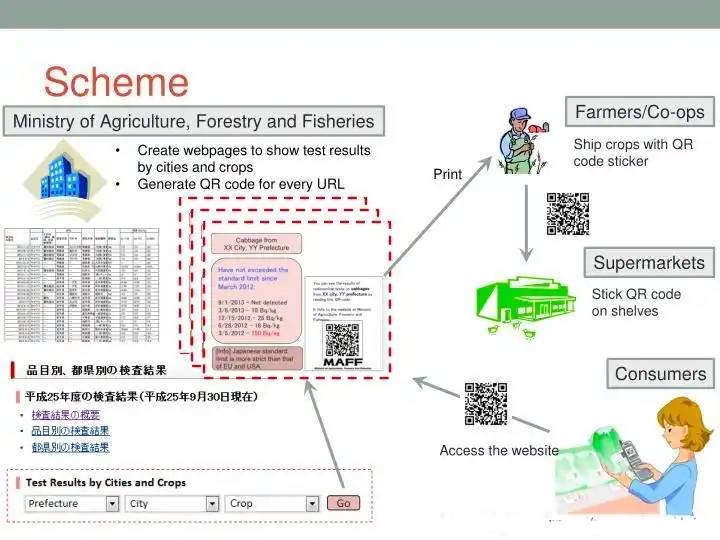
After the nuclear accident, public suspicion of radiation levels in food was widespread. People refused to buy food from retailers without safety guarantees. The Japanese government intervened, mandating QR codes on packaging to disclose radiation levels. Easy access to trustworthy test results helped the public pass through the suspicion period with some assurance.
In 2012, QR codes won the Comprehensive Design Promotion System’s Excellent Design Award in the “Media for Industry” category. The award cited QR codes’ “mechanism” as challenging diverse applications, early public openness, and natural integration into daily life. This recognition affirmed the value of QR codes’original functions, popularization methods, and usage after 18 years.
A 2012 report found 66% of surveyed businesses used QR codes on printed materials, with 40% using them in marketing.
2017: The Biggest Breakthrough in a Decade
The next major breakthrough came in 2017 with Apple’s iOS 11, which made QR code scanning a native iPhone camera function. Google followed with Android 8.0.
The world’s two largest mobile operating systems supporting native QR scanning meant businesses could easily share information with end users. For mobile users, it was like carrying a miniature QR scanner in their pocket.
After iOS 11’s release, QR codes quickly spread in the U.S. (mainly for non-payment uses). Android’s presence in Asia, Latin America, and other regions helped QR codes rise to “global public code” status.
China was among the earliest adopters, using QR codes far beyond their original purpose.
In China, QR codes are widely used through super apps like Alipay and WeChat, enabling everything from payments to hailing taxis. Alibaba billionaire and Alipay founder Jack Ma is often credited as a pioneer of QR code payments—something even Hara never imagined.
Ten years later, QR codes are everywhere. In places like India (UPI), Brazil (PIX QR), Indonesia (QRIS), Singapore (SGQR), and China (Alipay and WeChat Pay), QR codes are so ubiquitous they are almost muscle memory—default online payment methods.
2020: Explosive Growth Amid a Crisis
In 2020, one of the century’s worst crises struck: the COVID-19 pandemic. The world was unprepared. Global lockdowns severely impacted nearly all industries.
The contagious nature of the disease prompted the world to adopt contactless interactions, making QR codes a routine part of life.
Suddenly, everyone sought fast, simple, no-contact methods. QR codes were the perfect solution: free, easy to create and maintain, and nearly everyone carries a smartphone capable of scanning them.
You could dine in restaurants and bars without touching menus handled by others, reducing germ spread. You could pay without touching cash or pressing card reader buttons.
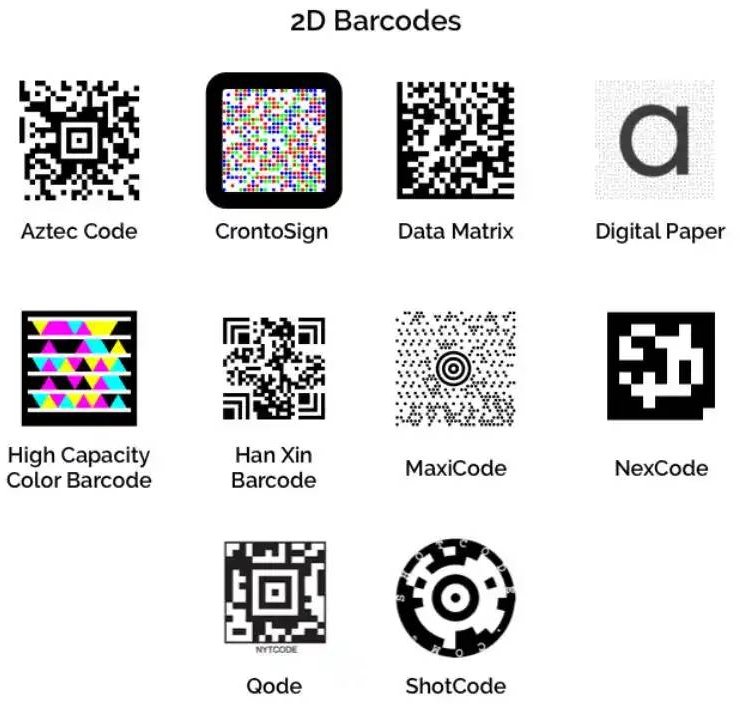
Some restaurants kept QR code menus to avoid printing and maintenance costs, updating items instantly as needed.
Though the pandemic has eased, the contactless world remains, and QR codes will continue to exist.
Governments in India, South Korea, Australia, Singapore, and others began using QR codes for COVID-19 contact tracing. India’s QR-based payment system (UPI) surged during the pandemic.
Bar charts show the estimated number of QR code users in the U.S. over the years and forecasts for 2024 and 2025. Predictions indicate 97.8 million QR code scanners in the U.S. by 2024, rising to 100.2 million by 2025.
The Future of QR Codes
Can you believe it? Masahiro Hara, who invented the QR code in the early 1990s, still works at Denso Corp. as the engineering general manager for QR codes. Starting in 2024, Hara and the Denso team are developing a new rectangular micro QR code that stores more data in a smaller physical space.
Hara says, “People are used to black-and-white codes. I want to create more beautiful QR codes that surprise people.”
Asked what kind of people he hopes will use evolving QR codes, Hara replied, “There is no specific group. I just hope many people use them, think of various applications, and realize them together. That’s how QR codes evolve.”
To date, DENSO WAVE has continuously developed excellent recognition algorithms based on such expertise, which is why their AUTO-ID products excel at reading QR codes.
Since launching the QR code system in 1994, DENSO WAVE has continually improved it to meet societal needs. New QR codes include:
– SQRC, with data read restrictions to enhance security.
– Frame QR, featuring a canvas field in the code to enhance design.
QR code systems continue evolving, combining with cloud computing to add new value—”Q-revo.”
“Q-revo” is a service connecting the cloud server “Q Platform” that generates, distributes, reads, and stores QR code data with the smartphone app QR code reader “Q,” enabling tracking, authenticity verification, payments/points/coupons, and access control.
From an internal project to worldwide ubiquity, QR codes have transformed our lifestyle and driven business, social, and cultural changes. With ongoing technological evolution, we can expect even more exciting developments in the future of QR codes!


